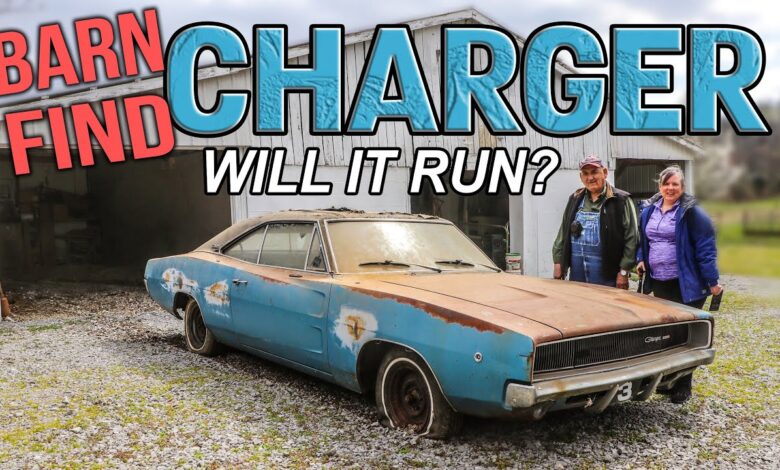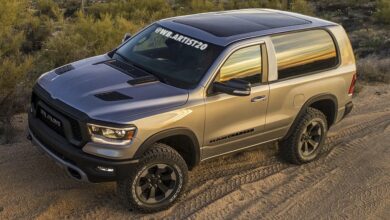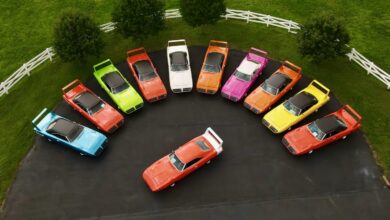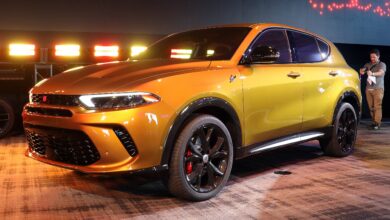
Dylan McCool (@DylanMcCoolVideo), a popular YouTube mechanic and Mopar enthusiast, is no stranger to the challenges of fixing classic cars. But when asked to fix a 1968 Dodge Charger by @MaySeizeGarage, he knew it would be a special project.
The Charger had been in the hands of its original owner, Larry, since November 8th, 1968. It was a cherished family member, a vehicle with a lifetime of memories and sentimental value. But due to Larry’s stroke in 1995, the car had been left sitting in various locations for 16 years, exposed to the elements for a period of time and needing severe attention.
Dylan, with the help of Jacob Ross Davis (@SallysSpeedShop), was up for the challenge, and with the help of companies like Classic Industries, Coker Tire, Duplicolor, O’Reilly Auto Parts, and The Sweet Patina, they set out to bring the Charger back to life.
The first step was getting the car to start. With a new battery, fresh gasoline, and new points, Dylan got the Charger to come to life for the first time in years. Despite the years of it sitting, the car still had 75 PSI of oil pressure at idle, a testament to the previous owner’s dedication to maintenance.
Over two long days, Dylan and Jacob worked tirelessly to bring the Charger back to its former glory. The tires were swapped out, the drum brakes were repaired, and the car was running and driving again. The 5.2-liter (318 cubic-inch) small-block V8 was music to the ears of everyone involved in the restoration, and the joy of the family who had held onto the car for all these years was palpable.
Painted in B5 Blue from the factory, the Charger was well-optioned with a vinyl roof, bucket seats, and console, had an incredible patina, and is almost rust-free, thanks to living in a state that hardly sees snow. Ironically, the only damage to the body occurred during a pair of snow storms, including a dent in the parking lot of a Dairy Queen and a small scrape from the side of the garage.
The resurrection story of this 1968 Dodge Charger is an inspiring example of how collaboration and passion can bring people together. Two videos were released showcasing the process of restoring the car – one featuring Dylan and Jacob getting the car running and another showing the group cleaning up the car—neither video disappoints.





